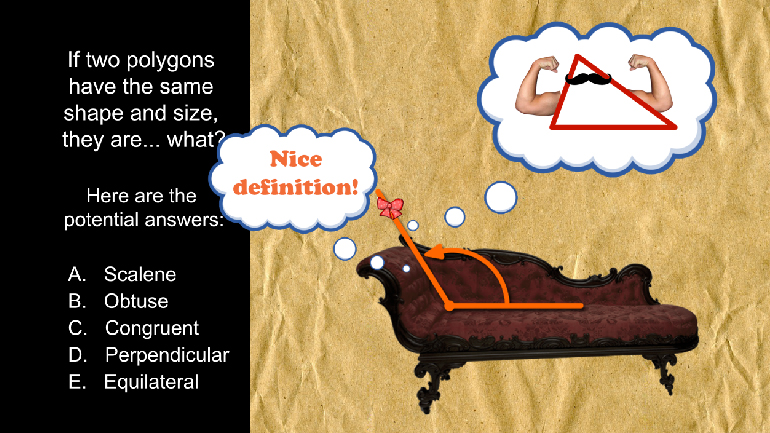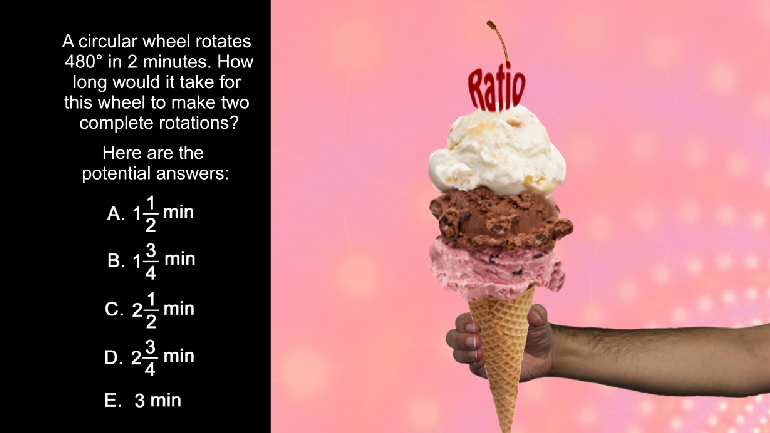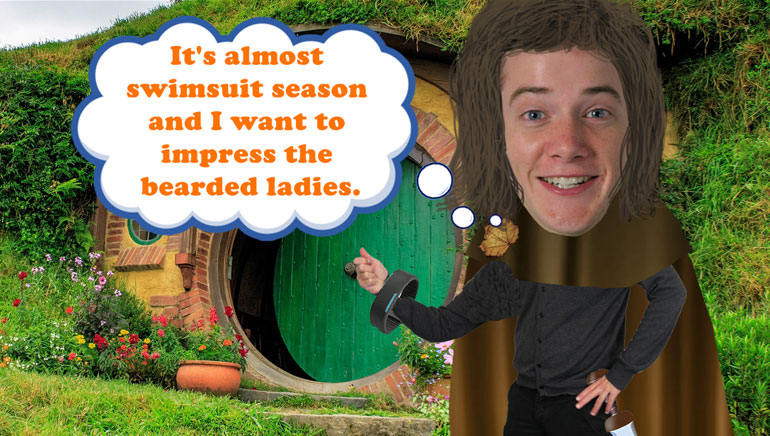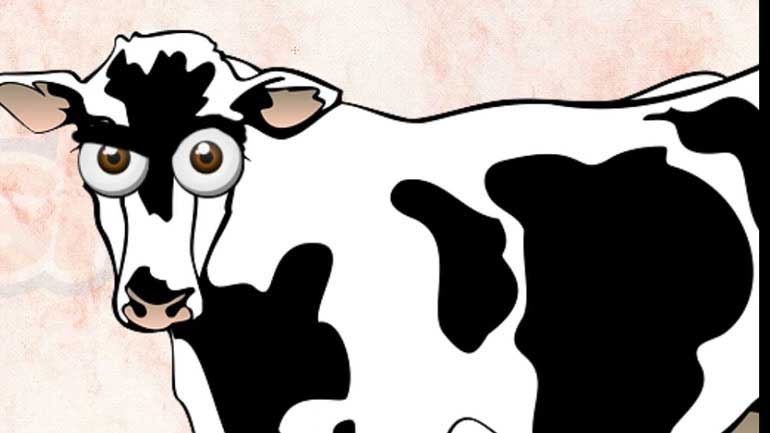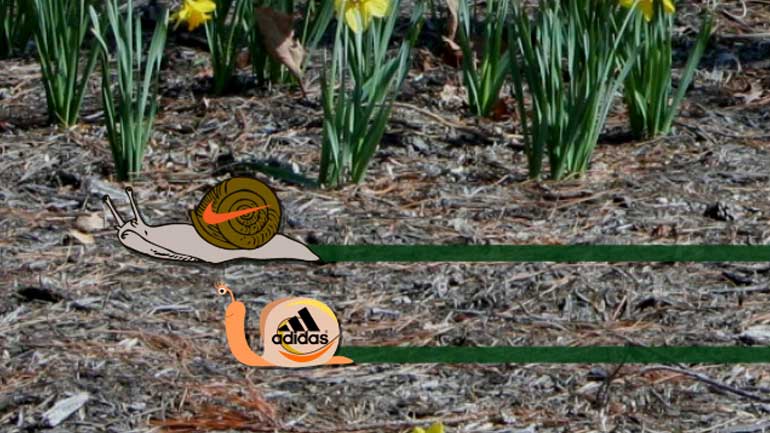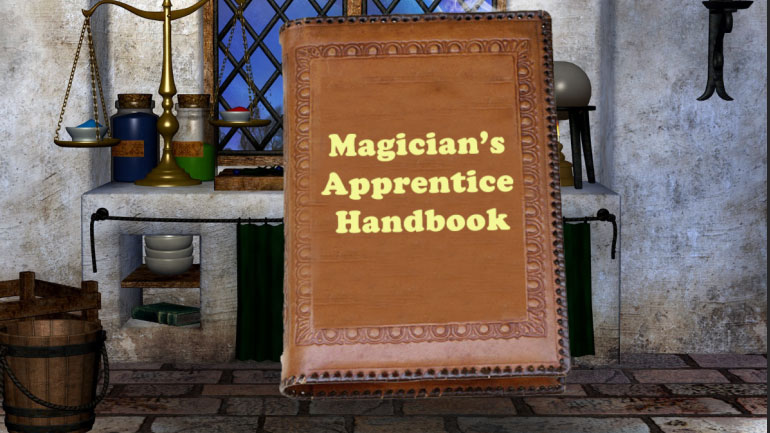ShmoopTube
Where Monty Python meets your 10th grade teacher.
Search Thousands of Shmoop Videos
Plane figures (triangles, rectangles, parallelograms, trapezoids, circles, polygons) Videos
Play All
ACT Math: Plane Geometry Drill 1, Problem 5. If two polygons have the same shape and size, they are what?
ACT Math: Plane Geometry Drill 3, Problem 5. How long would it take for the wheel to make two rotations?
ACT Math: Plane Geometry Drill 4, Problem 3. What is the measure of each angle in the figure?
ACT Math: Plane Geometry Drill 4, Problem 4. Find the value of x.
ACT Math: Plane Geometry Drill 5, Problem 4. What is the radius and coordinate center of the circle?
One formula to rule them all, one formula to find them. One formula to bring them all, and in the darkness bind them. Or something like that. I...
To prove lines are parallel, you need a third line. We at Shmoop (and the rest of the world) call it a transversal.
So many parallel and perpendicular lines all over the place, and none of them have been labeled. Which begs the question: whose lines are they, any...
